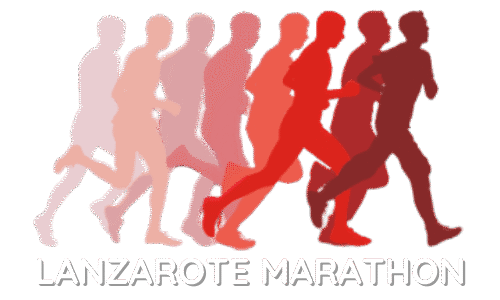
Effective Diets as Part of Global Solutions to Health Issues
Diets have always been a part of our culture, yet for the last 50 years, we’ve grown accustomed to thinking of diets as temporary ways of avoiding the gluttonous excesses of our childhood. Though temporary diets may be healthy, they can often do more harm than good. Replacing any diet with healthier eating habits is always ideal. But, when governments, corporations, and families need quick solutions to health problems, such as high obesity rates, they often turn to diets. And, when governments, corporations, and families turn to diets, they often turn to the diets that already work in smaller pockets around the world.
The threat of obesity is one of the greatest health threats facing the world today. It’s estimated to affect nearly 2 billion people, and it can cause significant health issues ranging from infertility to diabetes to cancer. While diet is a major factor in obesity and weight gain, there are also an array of other factors at play.
- The Atkins Diet
The Atkins diet is based on the idea that certain carbohydrates, known as “carbohydrate-dense foods,” cause the body to release insulin, which triggers a cascade of reactions that ultimately promotes weight gain. The diet is based on principles of low-carbohydrate, high-protein eating. The diet suggests that eliminating or drastically reducing certain carbohydrates from the diet can jump-start weight loss. The Atkins Diet is often referred to as one of the most extreme diets out there. It promises that you can eat as much fat as you want, as long as you’re only consuming 20 net carbohydrates a day. The Atkins Diet is best known as one of the most popular low-carb diets today, but it’s also been around for many years. The diet was first developed in the 1950s and 60s, and its popularity has waxed and waned since then, but that hasn’t stopped it from becoming the go-to diet for many people seeking to lose weight.
- The South Beach Diet
The South Beach Diet is a type of diet that is low in sodium (salt). According to the South Beach Diet, your body should not get more than 1,500 mg of sodium a day. In addition, the South Beach Diet suggests that you should consume less than 10 percent of your daily calories from saturated fat while consuming 20 percent of your daily calories from carbohydrates. Also, the South Beach Diet suggests that you eat at least 5 servings of fruits and vegetables every day. The South Beach Diet is the most popular diet program currently available because of how easy it is to follow. The South Beach Diet was created by physician Arthur Agatston, M.D., and focuses on spreading good nutrition through the lifestyle of the South Beach Diet. The South Beach Diet has gained so much popularity that it has been included in Time magazine’s list of 25 best diet programs, and it continues to offer support through several online resources.
- The Whole30 Diet
A Whole 30 diet is a short-term, rigid eating plan that eliminates all foods with added sugar, alcohol, dairy, grains, legumes, and processed foods. The Whole30 diet focuses on eliminating foods that may be causing intolerances or allergies. The goal of the diet is to eliminate food intolerances, improve health, and lose weight. The Whole30 diet is a 30-day program where participants eat mostly whole foods, including meats, vegetables, fruits, eggs, nuts, and healthy fats. Whole30 is a 30-day elimination diet that asks participants to remove gluten, dairy, and grains from their diet. The diet was invented in 2010 by biochemist Melissa Hartwig and her son, Austin, who is suffering from severe digestive issues.
- The Zone Diet
The Zone Diet is one of those diets that promise to help you get in shape quickly while burning fat and staying in shape for life. The Zone Diet was originally developed by Dr. Barry Sears, who is board certified in cardiology and internal medicine. He came up with his 4-point ratio after studying nutrition in college and using that knowledge in cardiology practice. He has since developed The Zone Diet, which explains how this ratio can be applied to achieve good health through diet and exercise. The Zone diet is a diet that was first developed by Barry Sears and Dr. Barry Groves in 1980. It is a diet based on the glycaemic index, measuring how fast and by how much the food raises blood sugar in the body. The diet is divided into four, five, or six equal parts, depending on one’s weight. The diet recommends eating four, five, or six small meals a day, depending on individual health needs.
As part of global solutions to health issues, the World Health Organization recommends healthy eating. The recommendations state that people should select foods that offer a range of nutrients and energy and emphasize foods with a low energy density (calories per unit volume). The recommendations also mention that people should select foods from the entire food group and increase their consumption of fruits, vegetables, and legumes.
